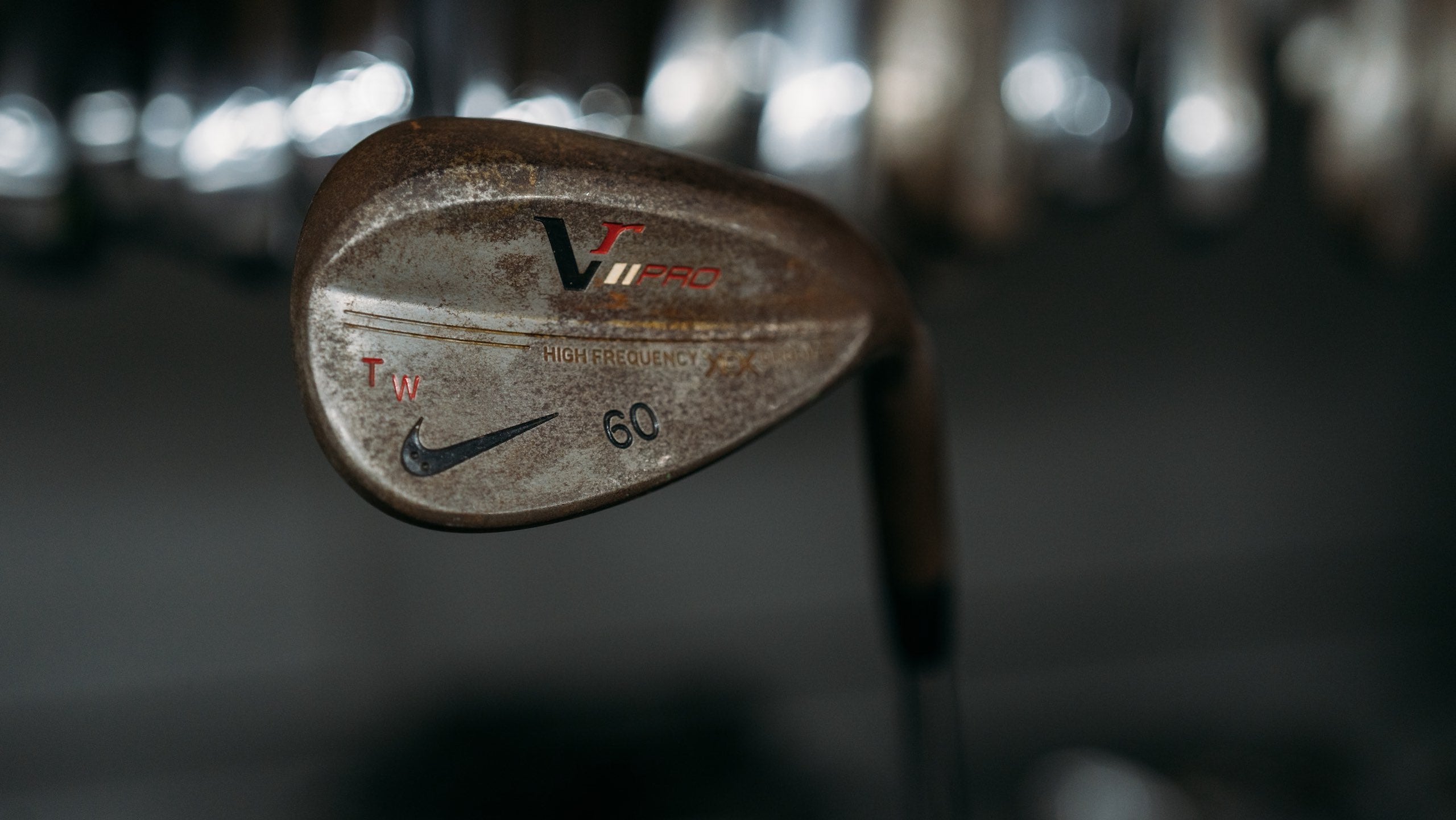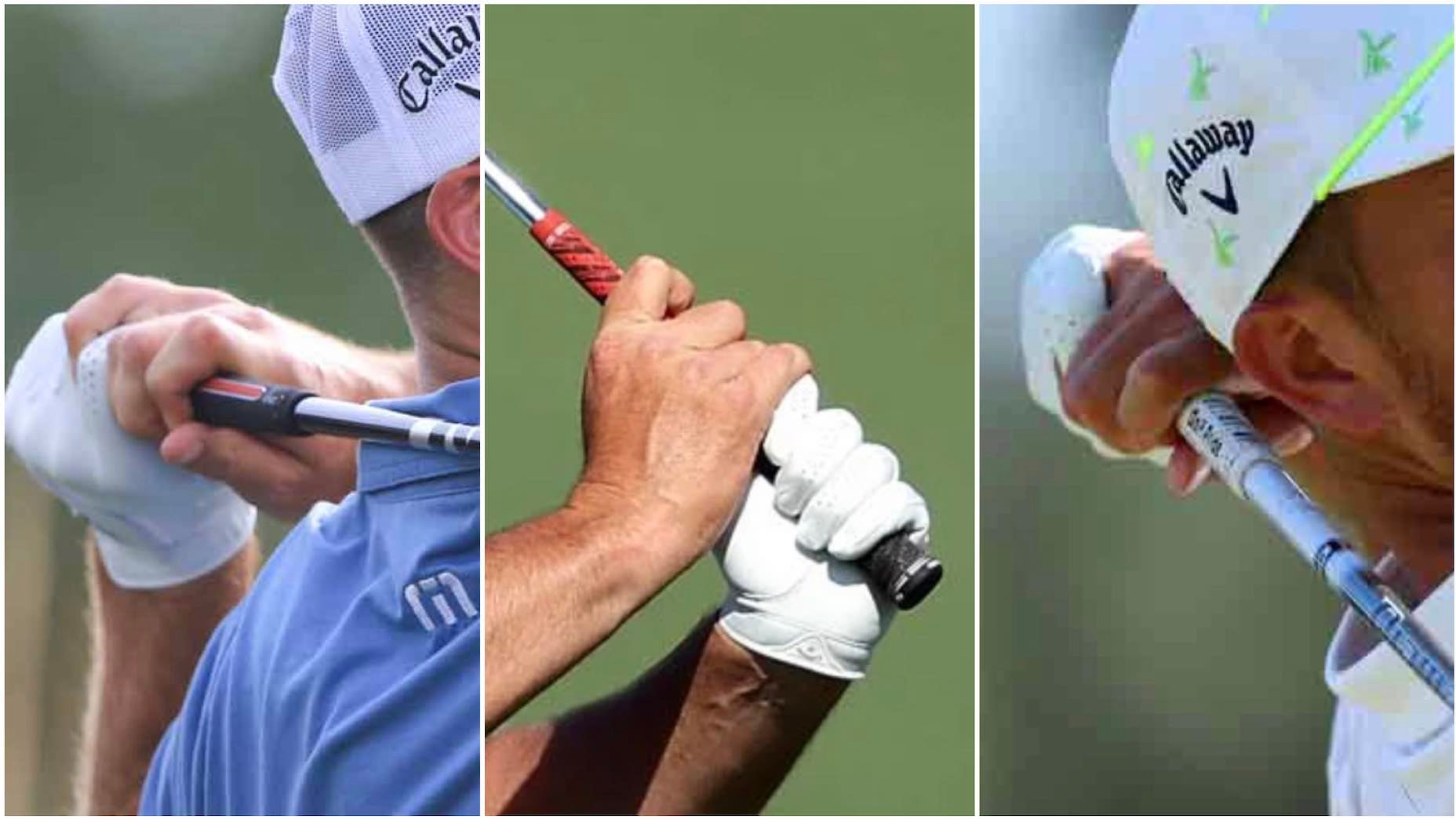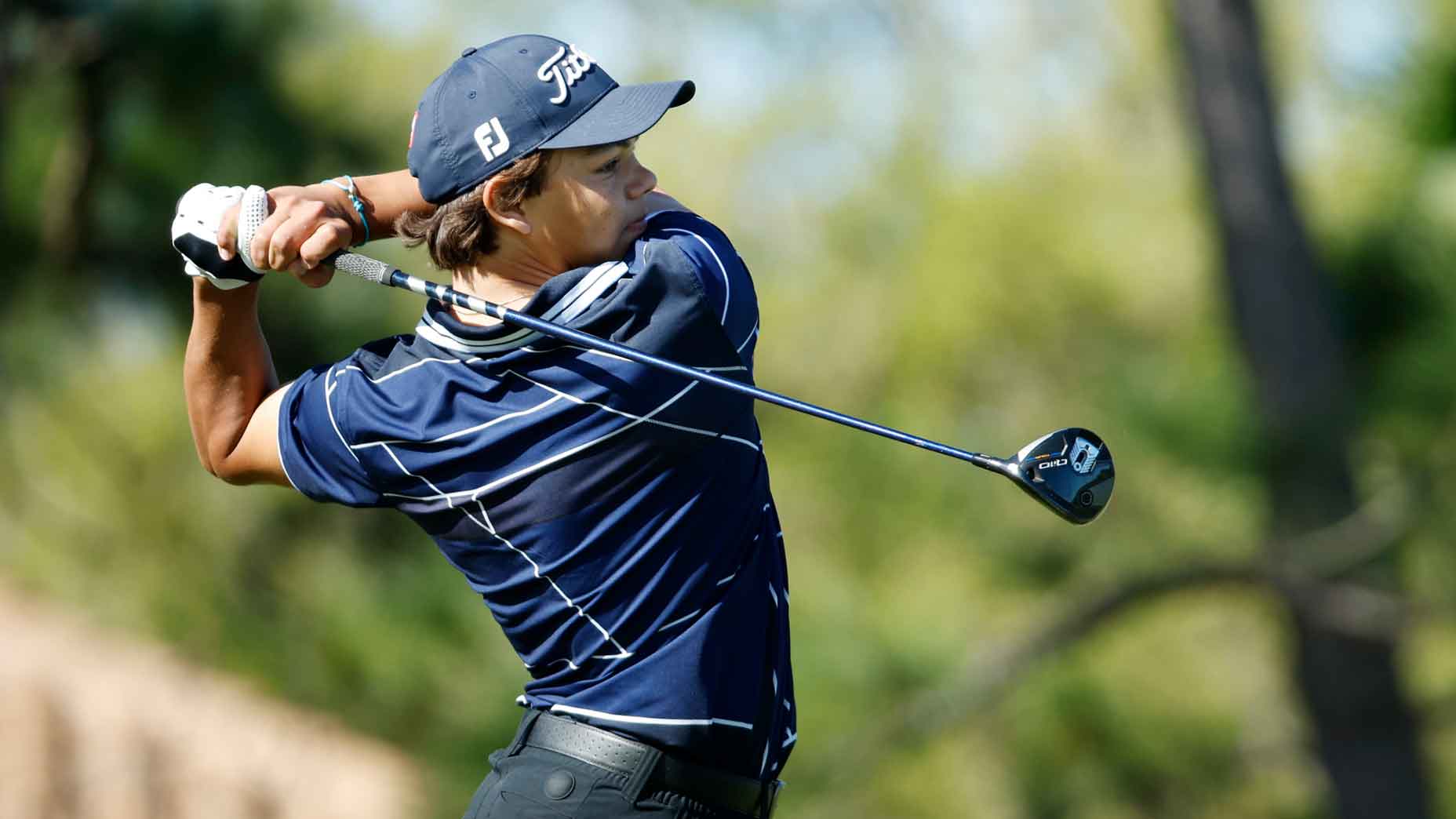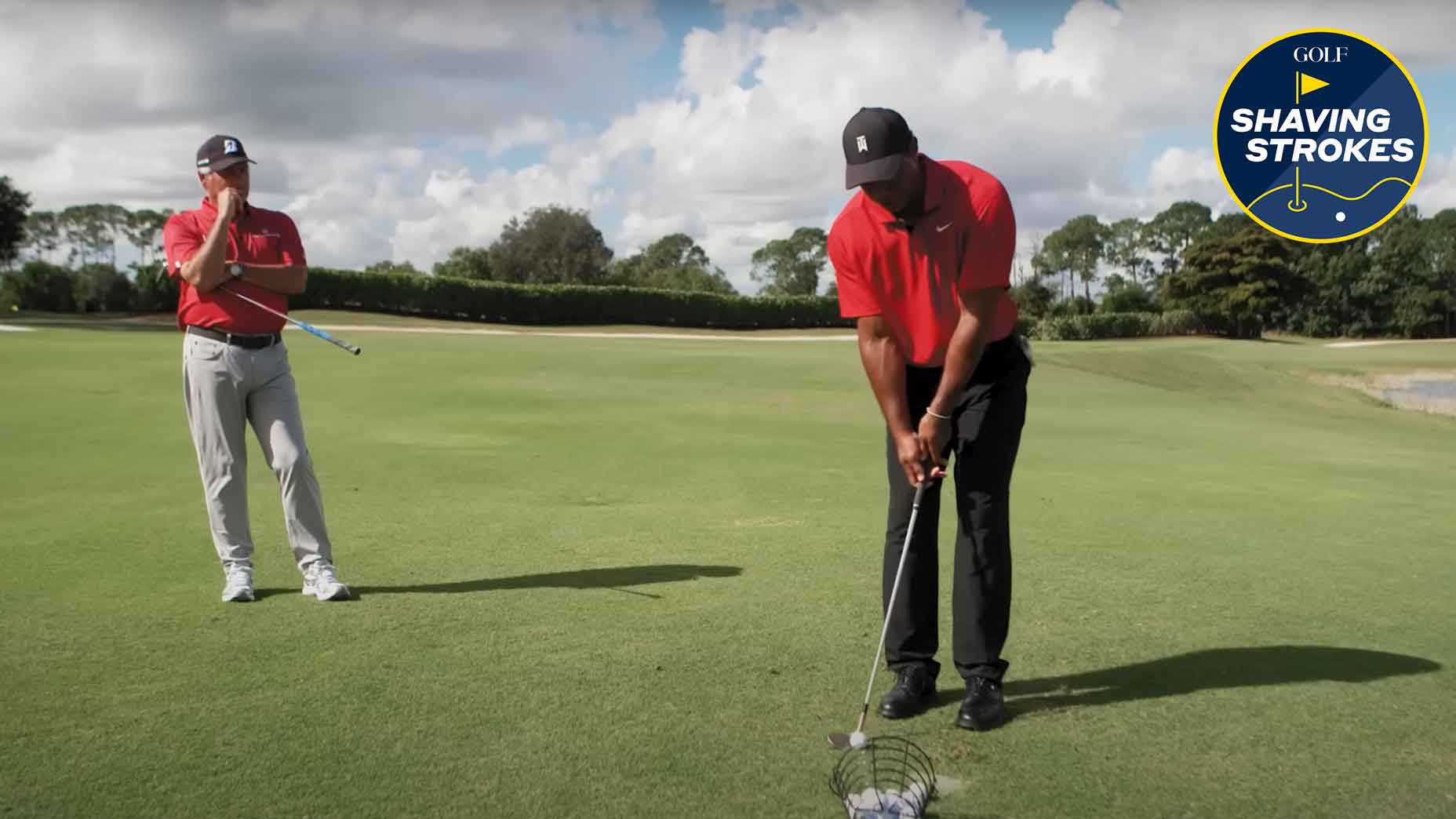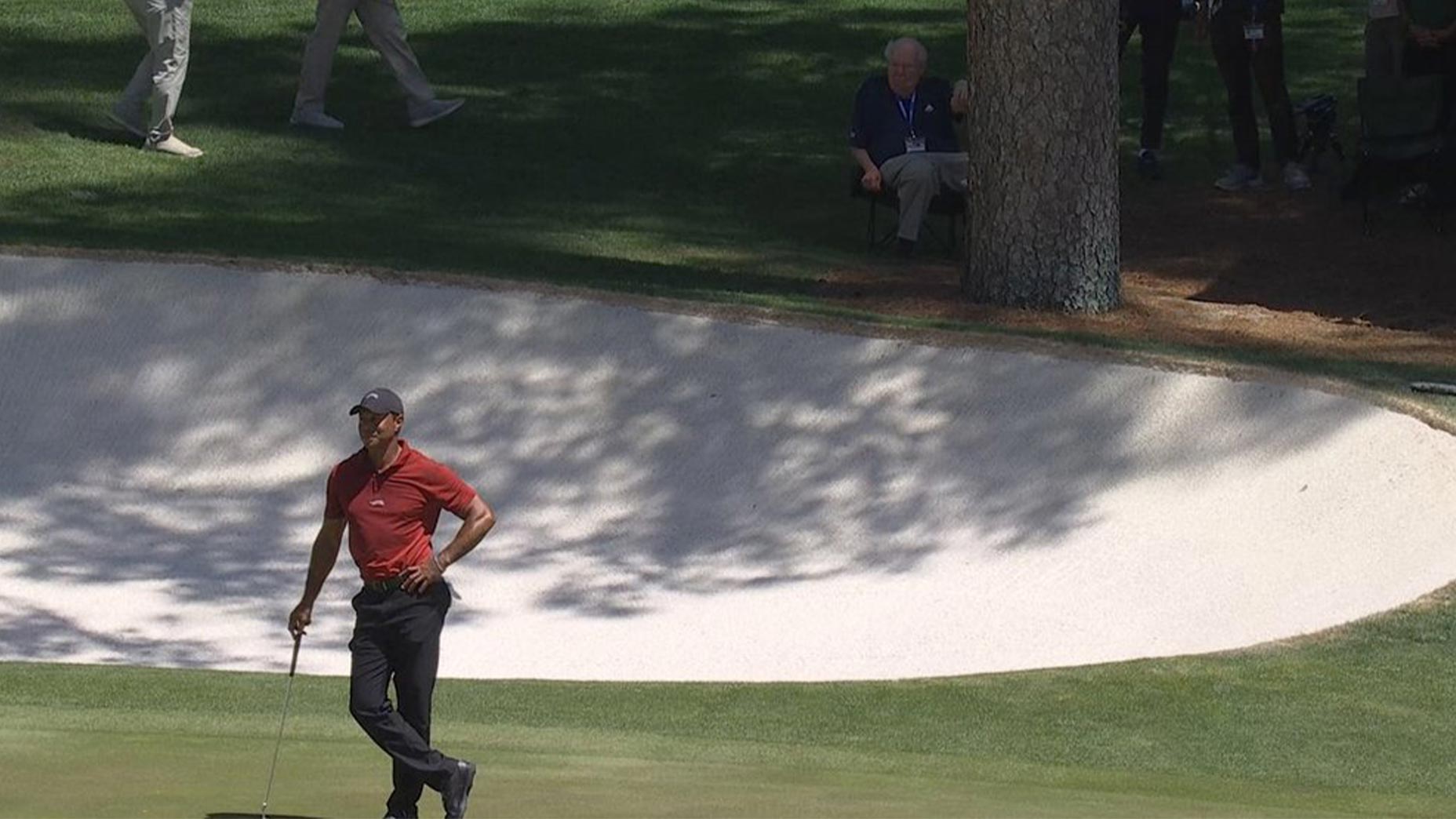Not every life-changing invention was created on purpose: Coca-Cola, dynamite, Penicillin and the microwave oven are just a few that were discovered by accident. And while no one is comparing Tiger Woods’ Nike irons to Coke or Penicillin, you can go ahead and throw them on the happenstance list.
Master clubmaker Mike Taylor calls it an “accidental” creation, but a lot of work went into creating the irons Woods has been playing for two decades. On the latest episode of GOLF’s Fully Equipped podcast, the co-founder of Artisan Golf detailed how the irons came to life during his early years working at Nike Golf.
In the beginning, Woods’ original Nike irons were what Taylor commonly refers to as “Flatbacks” — better known as the forgings he helped shape during his time at Impact Golf, the company that would eventually turn into the Swoosh’s golf R&D team at The Oven in Fort Worth, Texas.
“You can make anything out of these things,” Taylor said. “But that’s not how you want to move forward with one of the best players in the world.”
Some of the early hammer-forged irons Woods tried out weren’t right, which led to concerns about where the team wanted to go with his next set of blades. To this day, Taylor still isn’t sure if it was something in the metallurgy, but something didn’t feel “perfect” to Woods when his club impacted the ball.
With an extensive club design background, Taylor considered the idea of loading a forged head with tungsten to alter the overall feel. During his time at Impact Golf, Tom Stites — who helped found Impact Golf and eventually headed up Nike Golf’s R&D department — encouraged Taylor to utilize welding to enhance his prototyping and master model-making skills.
Taylor remembers asking master modelmaker David Franklin — it was Franklin who made putters for Woods and Rory McIlroy during his time at Nike Golf — to drill a hole in a head so he could fashion tungsten and steel together using a TIG (tungsten inert gas) welder to see if the “asset” could help improve feel.
Once Taylor figured out how to make finished clubs using the TIG, he quickly realized the tungsten added a little something special to the final product.
“I had guys hit tungsten-loaded irons,” Taylor said. “They didn’t even know they were loaded and they’d say, ‘My gosh, it feels like these things are just smashing the ball.’ Knowing that I said, hey, I’ll take a shot.”
The “shot” was loading up Woods’ irons with the same tungsten-infused formula to see if it influenced feel for the better. Taylor didn’t even tell the 15-time major winner what he’d cooked up the first time he handed over the prototype set. He simply waited for Woods to tell him if they were kosher or not.
It didn’t take long for Woods to notice a massive improvement.
“It was, oh my gosh! Bam!” Taylor recalled. “These things were good. And then it came down to, Michael, you better put [the tungsten] in there. It changes the feel with a great ball striker like that.”
Taylor’s tungsten iron creation turned into one of the hallmarks of Woods’ irons over the years. Even when Woods signed on with TaylorMade, in 2017, the tungsten remained a part of his iron design process.
“The density of that little bit of weight in there is like giving that hammer a little something,” he said. “I don’t know what he feels, but he can feel a difference. It went from he’s concerned to this is the ticket.”
Want to overhaul your bag for 2023? Find a fitting location near you at True Spec Golf

